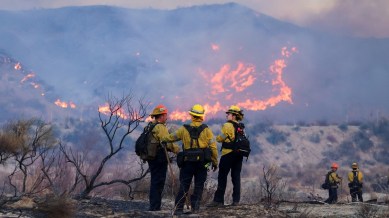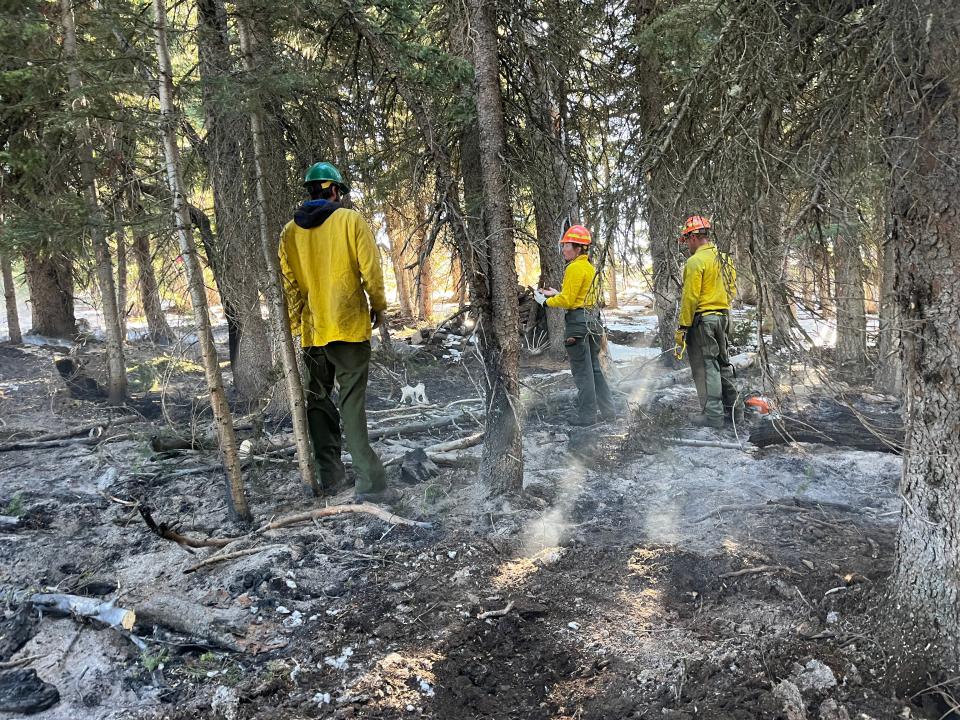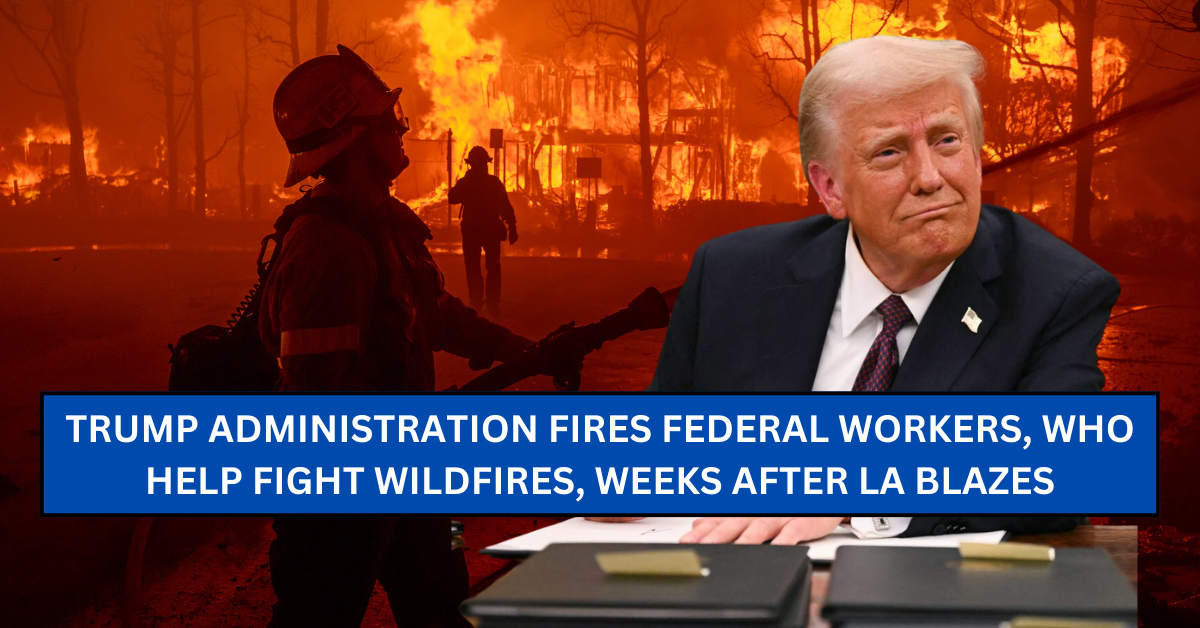In the aftermath of the historic Los Angeles wildfires, the Trump administration has initiated sweeping federal workforce reductions, leading to the dismissal of thousands of government employees, including those critical to wildfire prevention and response. The move has sparked widespread criticism from environmental experts, state officials, and advocacy groups concerned about the nation’s ability to combat future wildfires.
Massive Layoffs Impact Wildfire Personnel
As part of a broader effort to reduce government spending and streamline operations, the administration has overseen mass layoffs affecting several agencies, including the U.S. Forest Service and National Park Service.
- The U.S. Forest Service laid off approximately 3,400 workers, many of whom were involved in wildfire prevention efforts.
- The National Park Service cut an estimated 1,000 employees, impacting rangers, forestry technicians, and ecological specialists.
- Key firefighting support staff who assisted in fuel reduction projects and controlled burns were also affected.
While frontline federal firefighters were reportedly spared from direct cuts, many of the dismissed employees played crucial roles in wildfire mitigation, including conducting controlled burns, clearing dry vegetation, and training seasonal firefighters.
For official information on federal workforce reductions, visit the U.S. Office of Personnel Management.

Impact on Wildfire Prevention and Response
These layoffs come just weeks after Los Angeles experienced one of its most destructive wildfire seasons in recent history. Environmental officials have warned that the timing of these cuts could have severe consequences:
- Delays in fire prevention projects that help reduce the intensity of future wildfires.
- Fewer personnel available to oversee controlled burns and vegetation management.
- Slower response times due to decreased support staff and logistical personnel.
According to the National Interagency Fire Center, controlled burns and vegetation clearance are essential in reducing the risk of catastrophic wildfires, yet many of these projects are now stalled due to funding freezes.
Funding Freeze and Controversy
In addition to layoffs, the Trump administration has implemented a funding freeze on wildfire prevention programs. Key initiatives affected include:
- Grants for local firefighting agencies that assist federal teams.
- Forest restoration programs that remove dry brush and trees that serve as wildfire fuel.
- Training programs for seasonal firefighters who provide critical manpower during peak fire season.
State and local officials have expressed frustration over these cuts. In Washington state, where wildfires have become increasingly frequent, officials warned that the suspension of wildfire prevention projects could leave vast areas vulnerable.
Public Protests and Political Backlash
The layoffs and funding freezes have triggered protests across multiple states, particularly in regions prone to wildfires. Federal workers, conservation groups, and local officials have called on the administration to reinstate funding and restore the lost jobs.
Key Protests and Reactions:
- Demonstrations have taken place in San Francisco, Sacramento, and Seattle, with protesters demanding a reversal of the layoffs.
- Environmental groups argue that cutting fire prevention funding increases risks for both communities and ecosystems.
- Senate Democrats have called for an emergency hearing on the budget cuts, citing concerns over public safety.
For more on government policies impacting national forests, visit the National Parks Conservation Association.

Administration’s Justification
The administration, led by Elon Musk’s Department of Government Efficiency (DOGE), argues that these reductions are necessary to reduce government waste and prioritize direct firefighting resources.
- Musk has proposed privatizing portions of wildfire management, suggesting that private firms could handle certain aspects of forest maintenance more efficiently.
- The administration claims that state and local governments should take on a larger role in wildfire prevention.
However, critics argue that wildfire prevention is a federal responsibility, as many of the most at-risk lands are under federal jurisdiction.
For a deeper look into government efficiency programs, visit the Government Accountability Office.
What’s Next for Wildfire Response?
As the U.S. heads into another wildfire season, experts worry that the lack of proper staffing and funding could lead to an increase in destructive fires.
Possible Outcomes:
- Legal challenges to reverse the layoffs and reinstate wildfire personnel.
- Congressional hearings on the potential risks posed by these budget cuts.
- Increased pressure on state governments to fill the gaps left by federal layoffs.
For updates on federal disaster response and funding, visit FEMA.
Conclusion
The Trump administration’s decision to cut thousands of federal wildfire-related jobs has sparked widespread concern, particularly following one of the worst wildfire seasons in U.S. history.
While the administration argues that these cuts are part of an effort to streamline government operations, experts warn that reducing funding for prevention and mitigation efforts could leave communities even more vulnerable.
With fire season approaching, the question remains: Will the administration reconsider these cuts before disaster strikes again?
For official updates on wildfire management, visit the National Interagency Fire Center.
This article has been carefully fact-checked by our editorial team to ensure accuracy and eliminate any misleading information. We are committed to maintaining the highest standards of integrity in our content.

A senior at Yale-NUS College with interests in developmental and labour economics, as well as creative non-fiction and poetry. Currently, I’m studying as an Economics major and an Arts and Humanities minor (focusing on Creative Writing) with heavy involvement in the Singaporean journalism scene and involved in research on economic history and educational policy. I’m working as an author for The Octant, Yale-NUS’ student publication, as a writer for Wingspan, Yale-NUS’ alumni magazine, and as a tutor for the NUS Libraries Writer’s Centre. | Linkedin




